
image from: https://blogs.ubc.ca/biology321/?page_id=512
Exploring the Fascinating World of Racomitrium elongatum Moss
Introduction
Mosses are often overlooked, but they play crucial roles in ecosystems around the world. One particularly interesting species is Racomitrium elongatum Ehrh. ex Frisvoll, a moss in the Grimmiaceae family. Also known simply as Racomitrium, this moss has some unique characteristics. In this post, we’ll take a closer look at R. elongatum and explore what makes it so fascinating.
Background on Mosses

image from: https://inpn.mnhn.fr/espece/cd_nom/5578
Mosses are small, non-vascular plants in the division Bryophyta. Unlike other plants, they lack true roots, stems, and leaves. Instead, they have leaf-like structures called phyllids. Mosses reproduce via spores rather than seeds and are found in a wide range of habitats, from arctic tundra to tropical rainforests. There are over 12,000 species of moss described by science.
Racomitrium elongatum: Morphology and Identification
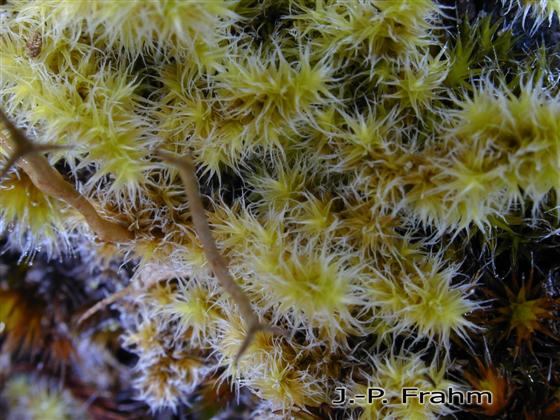
image from: https://azoresbioportal.uac.pt/pt/especies-dos-acores/racomitrium-elongatum-11785/
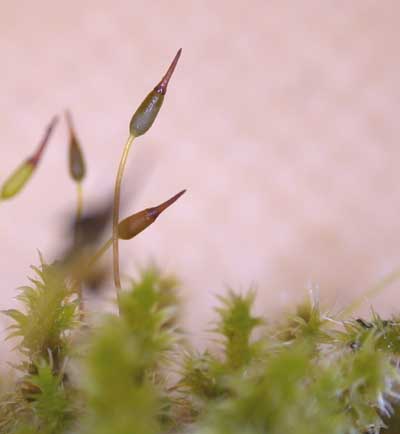
image from: https://blogs.ubc.ca/biology321/?page_id=512
R. elongatum forms loose tufts or mats, with individual shoots reaching 2-10 cm long. The phyllids are lanceolate in shape, 2-4 mm long, and have a hair-point at the tip. The hair-point is hyaline (translucent) and toothed. Capsules are cylindrical and borne on a seta
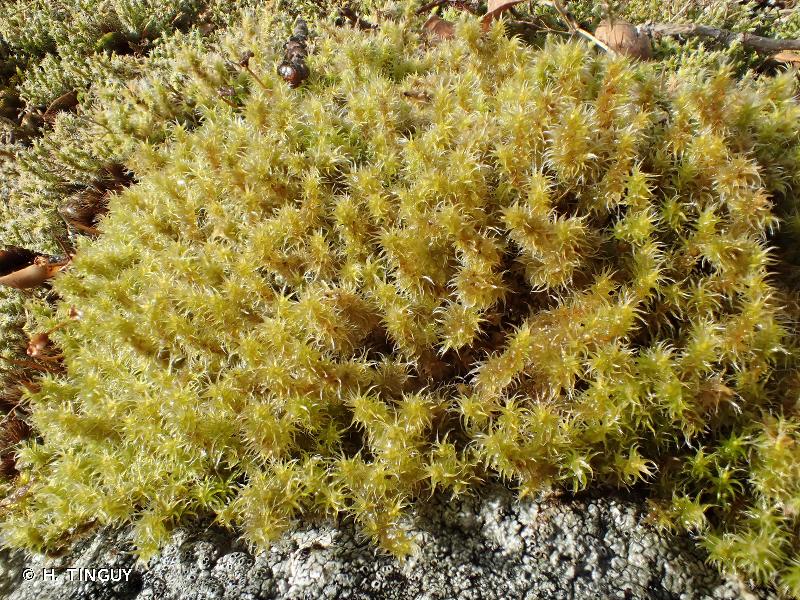
image from: https://inpn.mnhn.fr/espece/cd_nom/5578
(stalk) that is 5-20 mm long

image from: https://artsdatabanken.no/Pages/234456/Beitegraamose
. The peristome teeth are divided nearly to the base.
R. elongatum can be distinguished from similar Racomitrium species by its elongate shoots, hyaline hair-points on the phyllids, and deeply divided peristome teeth. However, microscopic examination is often needed for definitive identification.
Global Distribution and Habitat
R. elongatum has a wide distribution, being found in Europe, Asia, Africa, North America, and South America. It grows on acidic rocks and boulders, especially in montane and alpine regions up to 4000 meters in elevation. This moss is a common pioneer species that colonizes bare rock surfaces.
Ecological Roles and Adaptations
As a pioneer species, R. elongatum helps initiate soil formation on barren rocky substrates. The mats of this moss trap dust and organic particles, which begin to accumulate and form a thin soil layer. This paves the way for other mosses and eventually vascular plants to colonize the area.
R. elongatum has several adaptations for surviving harsh conditions:
- Desiccation tolerance: It can dry out completely and rehydrate when water is available
- Sunscreen: UV-screening compounds in the cell walls protect against intense radiation at high elevations
- Cold tolerance: It can survive being frozen during winter in alpine habitats
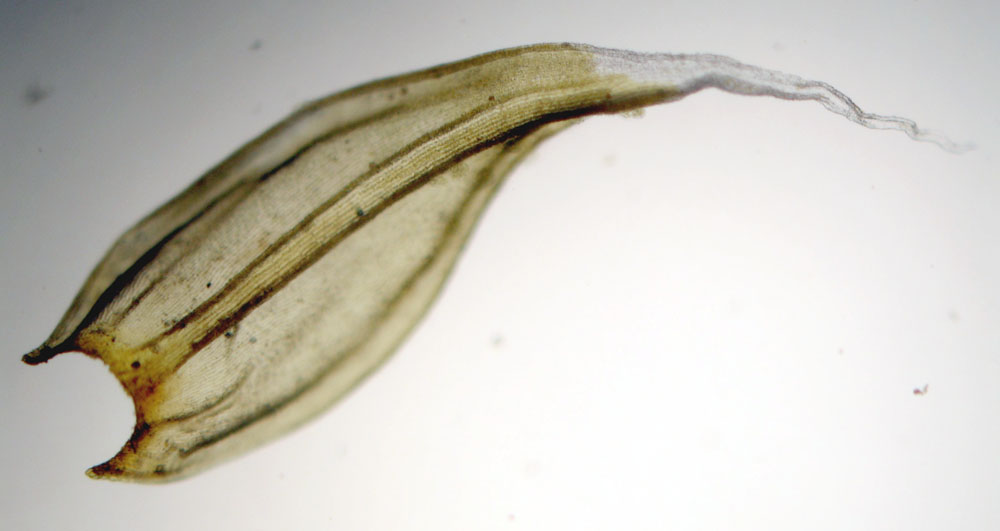
image from: https://blogs.ubc.ca/biology321/?page_id=512

image from: https://blogs.ubc.ca/biology321/?page_id=512
- Slow growth: A slow, evergreen growth form conserves resources
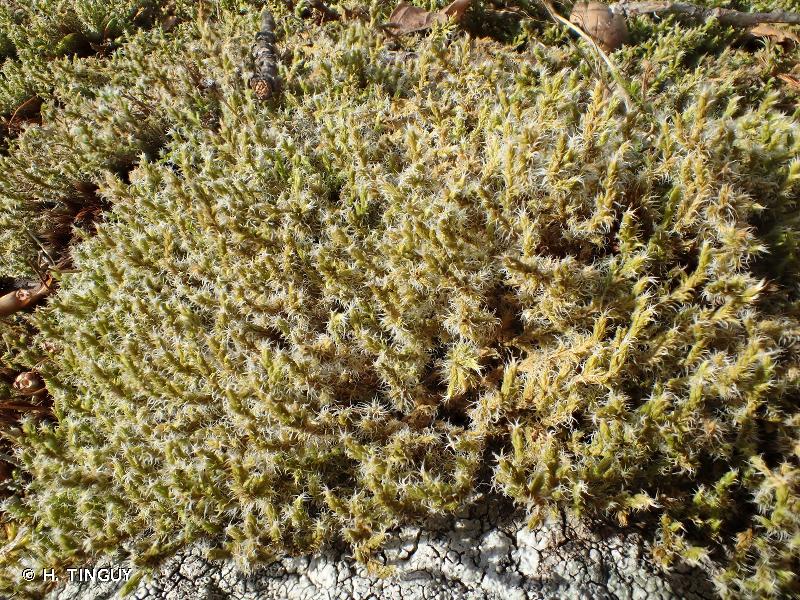
image from: https://inpn.mnhn.fr/espece/cd_nom/5578
Conclusion
The humble R. elongatum moss plays an outsized role in montane and alpine ecosystems worldwide. From its tiny hair-pointed phyllids to its rock-colonizing abilities, this species illustrates the remarkable adaptations of mosses. Next time you’re hiking in the mountains, keep an eye out for the characteristic mats of Racomitrium – a small but mighty pioneer! What other secrets might bryophytes hold?
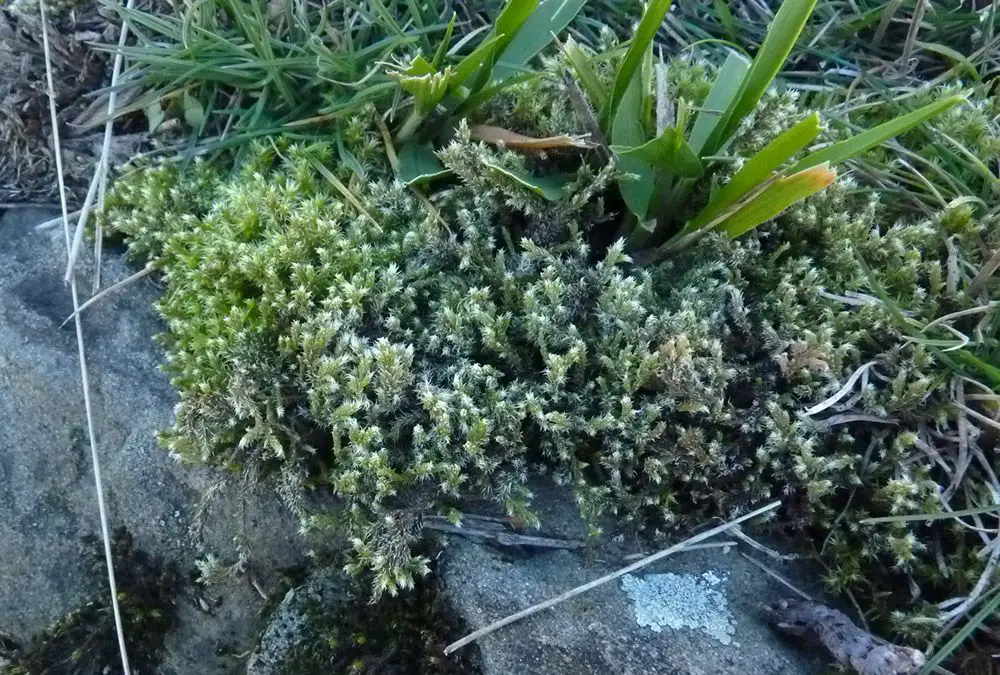
image from: https://www.asturnatura.com/especie/racomitrium-elongatum